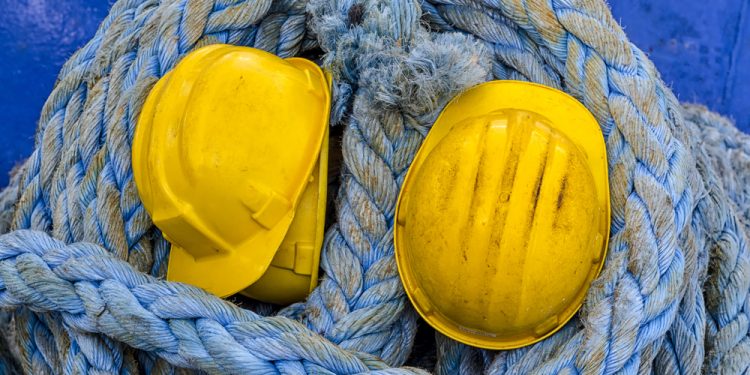IMCA provides lessons learned from a serious incident, where a crew member accidentally drank paint thinners.
The incident
A crew member thought they were drinking water from a used mineral water bottle and actually drank paint thinners by mistake. The content of the bottle was not marked, and the bottle was incorrect for the temporary storage of the chemical.
A crew member, making stencils in the workshop, cleaned the stencils using paint thinners, which had been poured from the original clearly marked and labelled container into a used mineral water bottle.
Upon completion, the unlabelled mineral water bottle containing the thinners was left in the workshop in a place where drinking water bottles were often left.
The following day another crew member picked up the bottle and drank from it. As a precautionary measure this crew member was sent ashore for medical examination which revealed no consequences.
Probable cause
- The risks of using a mineral water bottle for a chemical were not appreciated;
- There were no dedicated small bottles/containers on board – an old water bottle had to be used to hold a limited amount of the thinners;
- The bottle containing the chemical product was not marked with its temporary content;
- Clear liquid, in appearance very similar to water, was stored in a water bottle and could therefore be easily confused with the original content;
- Poor housekeeping: at the end of the task, the chemical product remaining in the water bottle was not disposed of nor returned to the original container, but was left at the workstation.
An inspection confirmed that there were no other unmarked containers in use on board.
Lessons learned
- If it is necessary to decant chemicals from their original containers: always decant the chemicals in the chemical storage area, use a container in good condition and of type appropriate for the chemical – never use bottles normally used for, or associated with, drinking water;
- Ensure there are some appropriate containers or bottles for this kind of task;
- Ensure that chemicals and hazardous substances are stored appropriately and not left out – tidy up afterwards.






























































